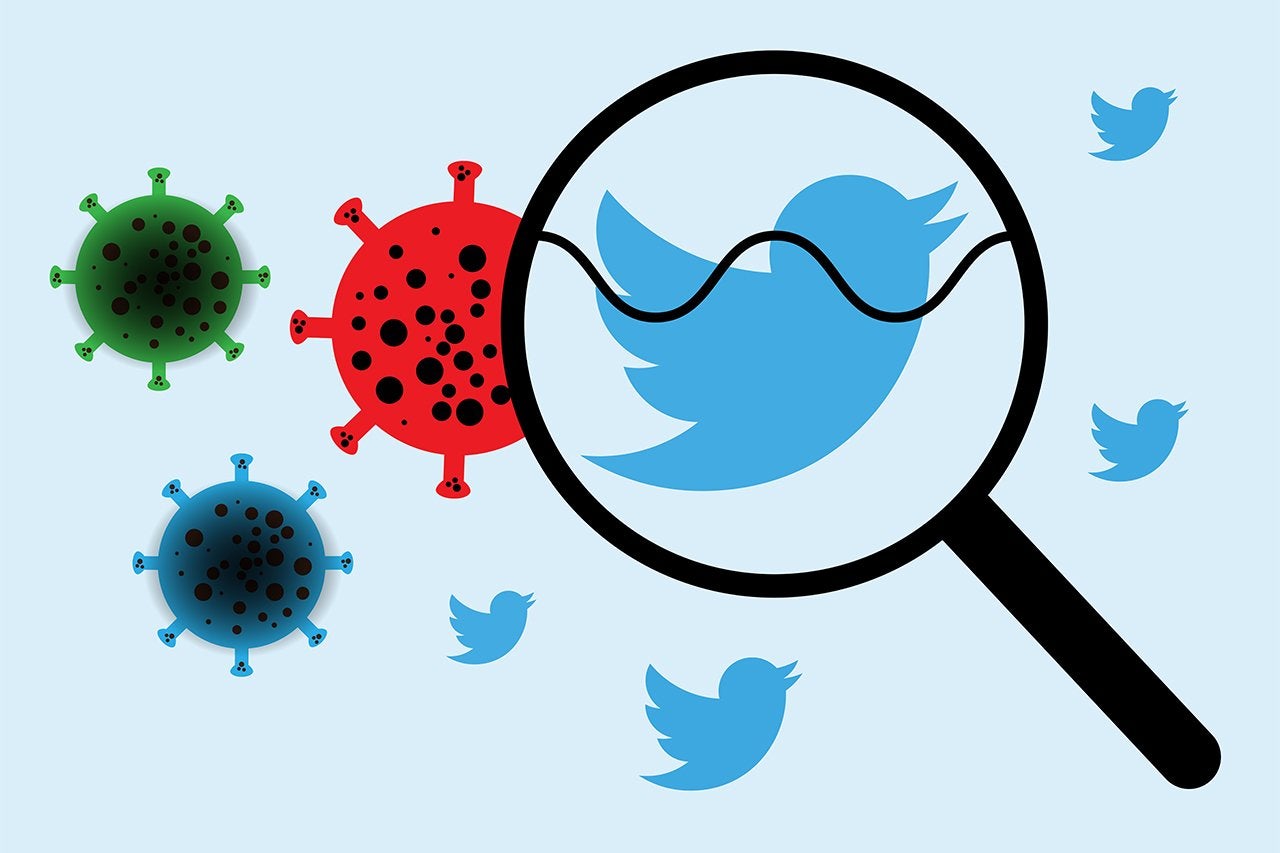
Maryam Mahdikhani
The use of social media really went up during the pandemic.
Just ask Maryam Mahdikhani. The assistant professor of supply chain and information management at the College of Charleston looked at more than 1.25 million tweets over the course of a month last summer. To be fair, she didn’t actually read all of them. Algorithms she wrote did that task, so she could analyze people’s emotions while on the platform from Jan. 20, 2020, to May 29, 2021. She just published her results in a paper titled, “Predicting the popularity of tweets by analyzing public opinion and emotions in different stages of Covid-19 pandemic,” on elsevier.com, the global research and healthcare publisher (Gray’s Anatomy).
This is the first study that used the most updated dataset covering tweets from the onset of the pandemic to the distribution of vaccines.
Mahdikhani chose Twitter over other social media platforms because she found that more than 70% of Americans using Twitter are searching for news on it. Twitter traffic also increased by 36% in 2020 with users in the U.S. scrolling for an average of almost 33 minutes a day.
“I was surprised that so many people, particularly the younger generations, used Twitter to get news about the pandemic,” she says. “I wanted to see the pattern of public emotion toward COVID-19 from the beginning of the pandemic to the vaccination time. I wanted to know what type of tweets people were sharing, and then try to predict what type of tweets were retweeted more.”
The College Today sat down with Mahdikhani to discover what she learned, why Twitter became such a go-to platform for pandemic news and what these trends mean for the future.
What did you find?
In the beginning of pandemic people shared tweets that were more emotional. They were scared about this pandemic, and there wasn’t a lot of information about it. I measured the intensity of their emotion in each month – and, in the beginning, it was fear. By April, when the stay-at-home order happened, the most dominant emotion was joy. They were happy they could stay home from work and spend more time with their family. They also had the paycheck from the government. But that was the only month at the start of the pandemic that people were happy. After that, they started to become sad because it wasn’t ending. In October, when former President Donald Trump and his wife got COVID, they were scared. What I learned is that people like to share tweets that are mostly related to emotions rather than just facts or information about the pandemic.
Why do you think that is?
I think it was a way to help people deal with the crisis. People like to have an impact with each other, and sharing emotions has a bigger effect on that than just facts that might actually be useful.
Did anything surprise you?
Yes. Doing this type of research, getting the information directly from people who are interacting in social media, is always surprising because you learn something from them that is not following any specific theory or any specific pattern that you are looking for. Learning about human behavior during a crisis is always interesting. So, for example, I was expecting for the pattern of the pandemic, we would continue to just have the fear as a dominant emotion and so people follow the COVID-19 protocol more carefully, but I was seeing that it’s not always fear. In those months they had joy, anger and sadness. It was very interesting to search the news to see what was behind that.
What are the practical implications of your research of your findings?
Identifying patterns in public emotions can help public health authorities make strategic decisions regarding communication during critical events such as a pandemic. The findings of this study show that, although negative emotions such as anger, fear and sadness, were dominant in the early stages of the COVID-19 pandemic, the vaccine rollout and published results on vaccine effectiveness had a positive influence on public emotions. The study could also help to detect and minimize misleading information related to COVID-19 on Twitter.
Do you tweet yourself?
No. I had to have a Twitter account to fill the forms and to agree to use the collected data for academic purposes. I would say I am also using the platform, but with a different approach – not for tweeting.




